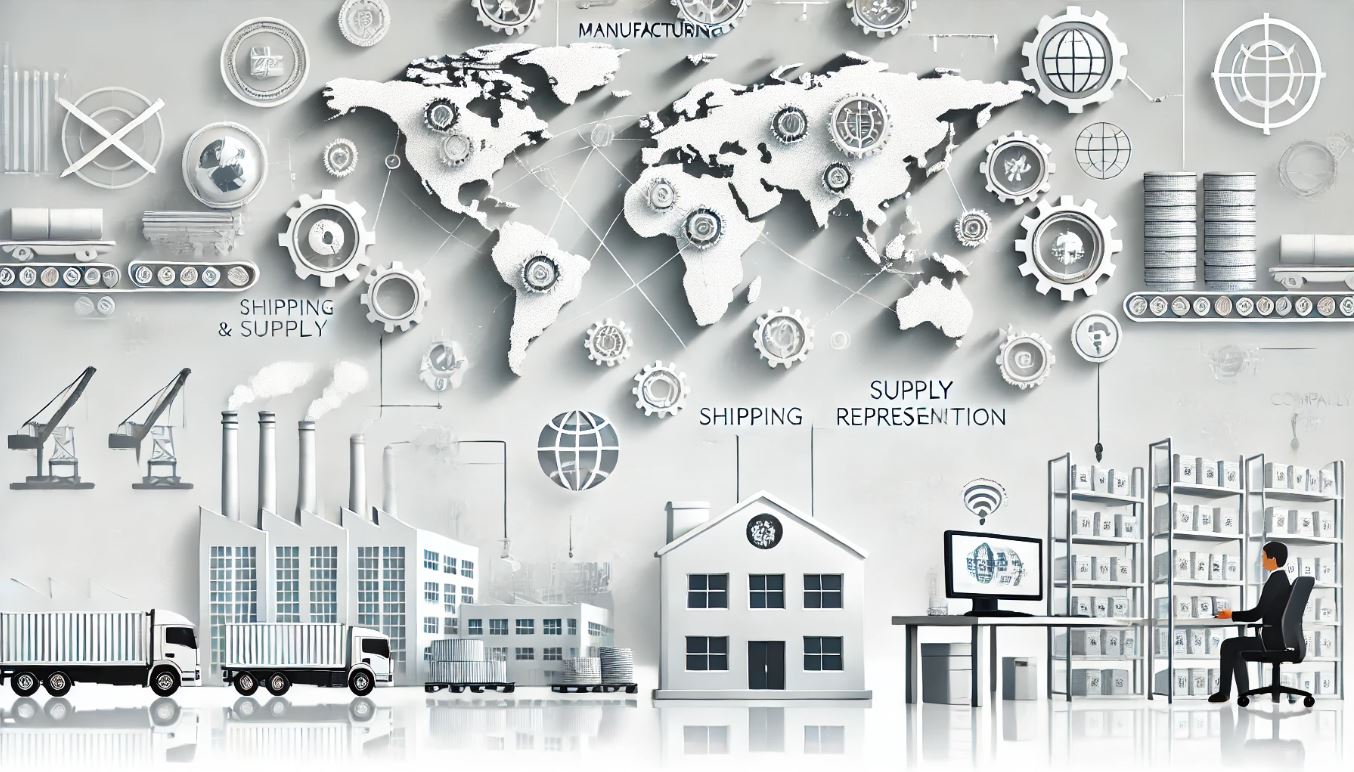
China’s manufacturing sector has been a cornerstone of its rapid economic growth, transforming the country into the “world’s factory.” Over the past few decades, China’s manufacturing industry has evolved from producing low-cost, labor-intensive goods to becoming a global leader in high-tech production and innovation. This transformation has been fueled by strategic policies, investments, and the ability to adapt to changing global market dynamics.
The Evolution of Manufacturing in China
- Early Growth (1980s–1990s):
China’s manufacturing surge began in the 1980s following economic reforms and the opening-up policy introduced by Deng Xiaoping. Special Economic Zones (SEZs), like Shenzhen, attracted foreign investment with favorable tax and trade policies. This era focused on producing textiles, toys, and electronics, leveraging cheap labor to compete globally. - Shift to High-Tech and Innovation (2000s–Present):
Over the years, China has shifted from low-value manufacturing to high-tech industries, including electronics, automotive, robotics, and renewable energy. Initiatives like “Made in China 2025” aim to make the country a leader in advanced manufacturing and reduce dependence on foreign technology.
Key Drivers of Manufacturing Growth
- Infrastructure Development:
China’s robust infrastructure, including ports, railways, and highways, facilitates efficient production and distribution of goods. Smart factories and industrial parks are increasingly integrated into the manufacturing landscape. - Labor Force and Skill Development:
A vast and skilled labor force has been critical to China’s manufacturing success. The government has invested in education and training to prepare workers for technologically advanced industries. - Technology and Innovation:
China has emerged as a leader in adopting and developing advanced manufacturing technologies like robotics, AI, and automation. The country’s focus on research and development has boosted innovation across sectors. - Global Supply Chain Integration:
China’s participation in global supply chains has strengthened its position as a manufacturing hub. Strategic trade agreements and policies have allowed the country to remain competitive.
Challenges and Adaptation
Despite its success, China’s manufacturing sector faces challenges:
- Rising Labor Costs: Wages have increased as the economy has matured, prompting a shift to automation and offshoring low-value production to other countries.
- Trade Tensions: Tariffs and trade disputes, especially with the U.S., have disrupted some supply chains.
- Environmental Concerns: Strict environmental regulations are pressuring manufacturers to adopt sustainable practices.
The Future of Manufacturing in China
The future of China’s manufacturing lies in its ability to sustain innovation, embrace sustainability, and enhance global competitiveness. Key trends include:
- Green Manufacturing: Reducing carbon footprints and adopting eco-friendly production methods.
- Digital Transformation: Leveraging Industry 4.0 technologies, such as IoT and big data, to enhance efficiency.
- Global Expansion: Partnering with other countries through initiatives like the Belt and Road to strengthen trade ties and supply chains.
Conclusion
China’s manufacturing sector remains a vital driver of its economy and a significant force in the global market. By focusing on innovation, sustainability, and adapting to challenges, China continues to maintain its status as a global manufacturing powerhouse. As it transitions to high-value production, the country’s manufacturing growth promises to shape the future of global trade and industry.